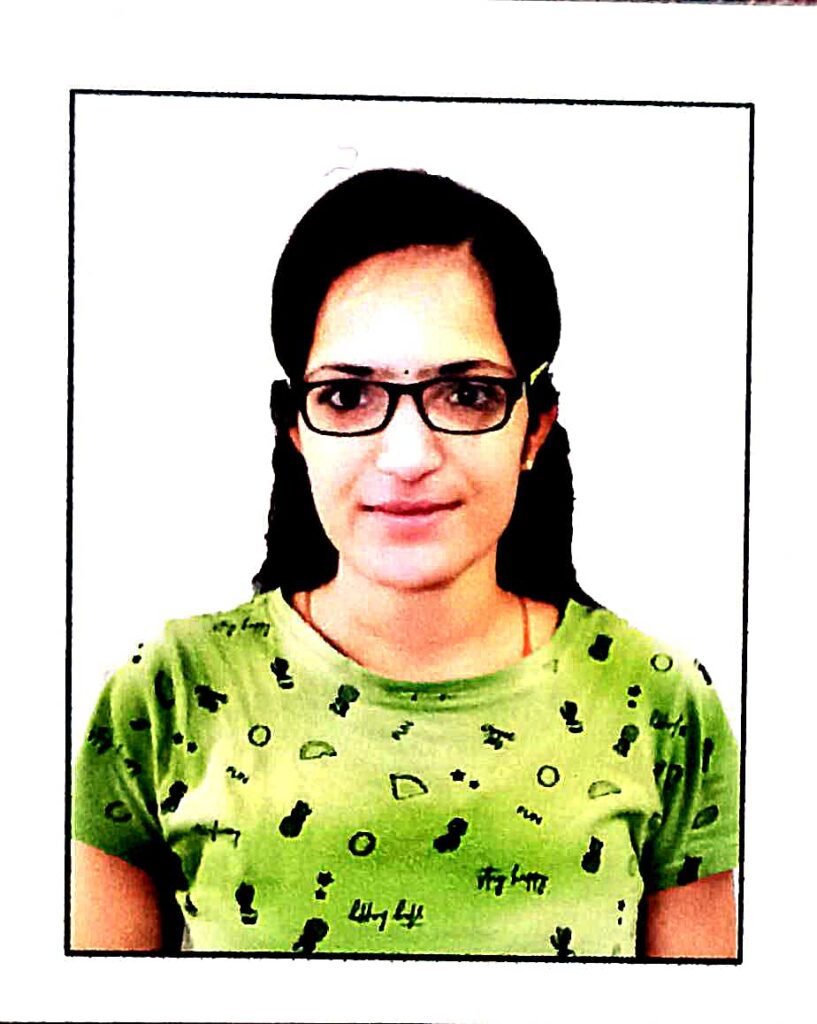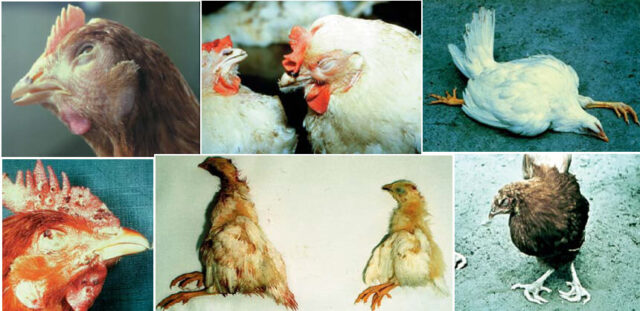Introduction
The production of meat and eggs high in protein is largely derived from poultry farming, which is an essential part of the world’s food chain. However, the risk of infections makes it difficult to keep flocks of chickens healthy all the time. Infectious diseases in poultry are mainly associated with large financial losses. Epidrose sex toy air jordan 1 retro high og ford parts online rose sex toy nike air max 90 air jordan 1 low flyease red and black jordan 1 custom paintball jerseys saldi marella yeezy shoes for sale maison cashmere tata italia nike air max 270 sale on schuhe herren ford parts onlineemics can have disastrous effects, such as decreased food safety and financial losses. To protect the health of their birds and the long-term viability of their businesses, poultry farmers must thus put into practice efficient disease prevention measures.
Realizing the Diseases in Poultry:
Poultry are susceptible to a variety of diseases caused by viruses, bacteria, fungi, parasites, and other pathogens. These diseases can spread rapidly within a flock and even between farms, posing significant challenges to control and containment. Common poultry diseases include avian influenza, Newcastle disease, infectious bronchitis, infectious bursal disease, coccidiosis, and many others.
Common Poultry Diseases:








Key Strategies for Disease Prevention:
- Biosecurity Measures: Implementing robust biosecurity measures is fundamental to prevent the introduction and spread of diseases within poultry flocks. This includes controlling access to farms, restricting visitors, and maintaining strict hygiene protocols for personnel, equipment, and vehicles entering the premises.
- Vaccination Programs: Vaccination is a critical tool for protecting poultry against infectious diseases. Developing a comprehensive vaccination program tailored to the specific risks in the region and the type of production system is essential. Regularly scheduled vaccinations help to boost the birds’ immune systems and reduce the likelihood of disease outbreaks.


- High-Quality Nutrition: Providing poultry with a balanced and nutritious diet is essential for maintaining their overall health and resilience against diseases. Nutritional deficiencies can weaken the immune system and make birds more susceptible to infections. Working with nutritionists and using high-quality feed ensures that birds receive the essential nutrients they need to thrive.
- Optimized Housing Conditions: Creating an environment that promotes good health and well-being is crucial for disease prevention. Proper ventilation, adequate space, and appropriate temperature control help to minimize stress and reduce the risk of respiratory infections and other health issues. Regular cleaning and disinfection of housing facilities also play a vital role in preventing the buildup of pathogens.
- Monitoring and Surveillance: Regular monitoring of poultry health through observation, clinical examinations, and diagnostic testing is essential for early detection of diseases. Implementing surveillance programs allows farmers to identify potential threats promptly and take appropriate action to prevent further spread within the flock.
- Quarantine and Disease Management: Implementing quarantine measures for newly acquired birds or birds returning from exhibitions or shows helps to prevent the introduction of diseases into existing flocks. In the event of a disease outbreak, prompt isolation of affected birds, proper sanitation, and adherence to veterinary guidance are critical for containing the spread and minimizing the impact on the entire flock.
- Education and Training: Providing education and training to poultry farmers and workers on disease prevention, biosecurity protocols, and best management practices is essential for promoting a culture of awareness and accountability. Equipping personnel with the knowledge and skills to recognize and respond to potential health threats enhances the overall effectiveness of disease prevention efforts.
Conclusion:
Preventing diseases is a complex task that calls for careful management, proactive planning, and constant attention to detail. Poultry producers can reduce the danger of disease outbreaks, protect the health and welfare of their flocks, and produce high-quality poultry products that consumers throughout the world can rely on if they adopt comprehensive disease prevention techniques. Adopting a proactive stance towards disease prevention safeguards the livelihoods of chicken producers and enhances the resilience and sustainability of the worldwide poultry sector overall.
References:
- Collett S.R. Principles of disease prevention, diagnosis, and control. In: Swayne D.E., editor. Diseases of Poultry. John Wiley and Sons, Inc; Iowa, IA: 2013. pp. 4–11.
- Saif, Y. M. (2009). Diseases of poultry. John Wiley & Sons.
- Swayne, D. E. (2013). Diseases of poultry. John Wiley & Sons.

Karishma Choudhary and Vinod Kumar Palsaniya
M.V.Sc. (LPM), CVAS, Navania, Vallabhnagar, Udaipur















